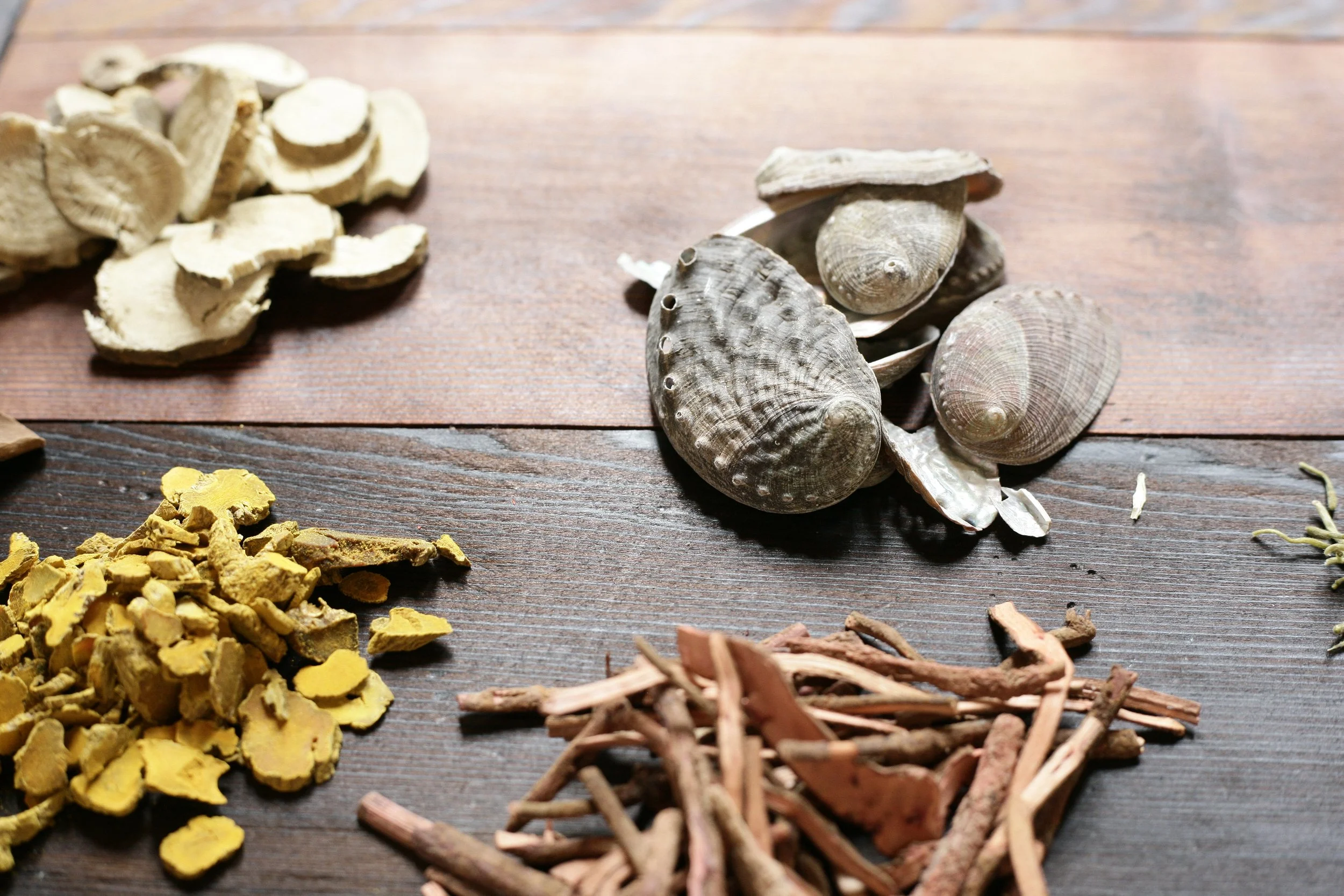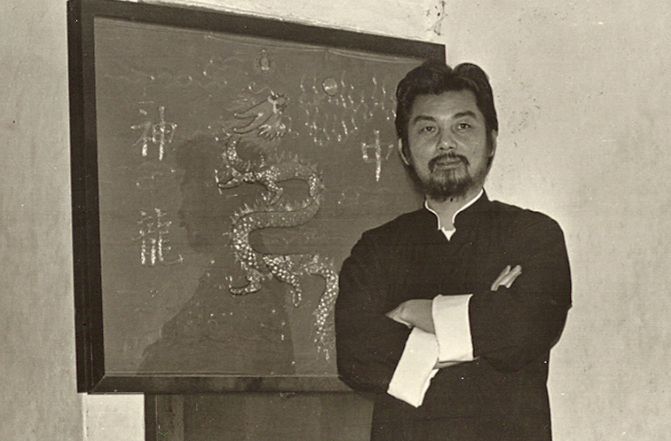CHA DAO TEA SESSIONS | The Art of Drinking Tea and Conversation
As a practice, Cha Dao or ‘The Way of Tea’ is one path to cultivating a clear mind, an open heart, and a still soul. Drinking tea has long been a part of a contemplative lifestyle and is relevant today as we navigate ways to care for ourselves in our modern lives. Cha Dao is a centuries-old meditative practice that teaches students to turn the pleasurable routine of brewing and drinking tea into a ritual steeped in quiet intention. The lessons learned from tea’s cultivation, preparation, and sharing offer us much more than a beverage. The practice of tea encompasses:
living in harmony with nature
recognizing and appreciating beauty simple things
clarity of mind, presence, and action
building empathetic communities
Join us at Trinity in the practice of cha dao. We will experience the profound synergy between drinking tea and mindfulness. Each Cha Dao Tea Session will include a meditation practice and an intentional teaching based on the wisdom of East Asian traditions.



















